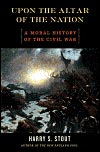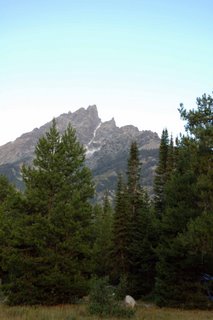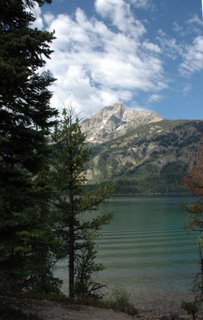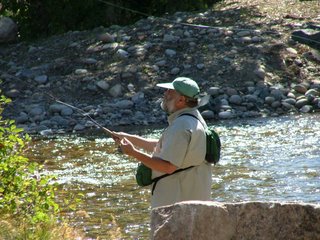Francis S. Collins
New York: Free Press, a division of Simon and Schuster
2006
Collins spends the first 158 pages giving an account of his journey to faith and laying out the ground work for understanding where he is coming from as a Christian and a scientist. The methods of science are key to understanding (or misunderstanding) the issues involved in the conflict between science and faith.
There are scientists who step well outside their discipline when they promote a strong atheistic view, and assert flatly that there is no God. For a scientist steeped in the scientific method to assert a negative as though it were a fact, is not only illogical, it is unscientific.
But neither does Collins have much sympathy for Creationism -- "where faith trumps science." Augustine noted this problem 1600 years ago, and there are still people who prefer not to face observable fact because they are not able to reconcile what scientists report with how they understand scripture. Nowhere is this more obvious than with "young earth" creationists who believe that the earth and universe are about 6,000 years old or at most 10,000 years old. What of the fossil record? What of galaxies that measure as being well more than 10,000 light years distant? Are these misunderstandings of science or did God create the heavens and the earth with the appearance of great age in order to "test" us?
Intelligent Design -- "when Science Needs Divine Help" -- This does not get much support from Collins either. One of his major issues with ID is that, while it is couched in scientific terms, it was not developed in a scientific way. Scientific theories provide a framework for understanding how the natural world works, and in so doing, allows predictions to be made. Intelligent Design assumes that the gaps in understanding are able to be filled only by assuming a designer. Collins rightly points out that the danger here is that science can destroy such faith simply by filling in gaps in knowledge.
BioLogos -- "Science and Faith in Harmony." So where does this leave a Christian who wants to study the world scientifically? Collins finds "theistic evolution" satisfying. He lists 6 typical premises held by theistic evolutionists:
- The universe came into onto being out of nothingness, approximately 14 billion years ago.
- Despite massive improbablities, the properties of the universe appear to have been precisely tuned for life.
- While the precise mechanism of the origin of life on earth remains unknown, the process of evolution and natural selection permitted the development of biological diversity and complexity over very long periods of time.
- Once evolution got under way, no special supernatural intervention was required.
- Humans are part of this process, sharing a common ancestor with the great apes.
- But humans are also unique in ways that defy evolutionary explanation and point to our spiritual nature. This includes the existence of the Moral Law (the knowledge of right and wrong) and the search for God that characterizes all human cultures throughout history.
Collins employs the neologism "BioLogos" to describe theistic evolution from bios, the Greek word for "life" and logos, the Greek for "word". "BioLogos" has at once shed much of the "baggage" that creation, evolution, design, etc. have and further, "...expresses the belief that God is the source of all life and that life expresses the will of God."
I'm not convinced that inventing a word will create harmony where little is evident, but I'm not going to quibble. What is required is for the scientists to stop viewing people of faith as the enemy and visa versa. People of faith need to acknowledge that God, being outside space and time, is not bound by such human constraints. Scientists need to recognize that not all reality can be measured or reduced to a scientific model, and that if there is a God, then by definition God is outside the reach of the scientific method.
Collins' history as a medical geneticist and leader of the Human Genome Project demonstrates quite clearly that belief in God is totally consistent with practicing the scientific method. And conversely being a faithful Christian does not disqualify one from choosing the path of science to study the Universe. Collins has succeeded in both domains, and has written an engaging book that provides much to think about.























